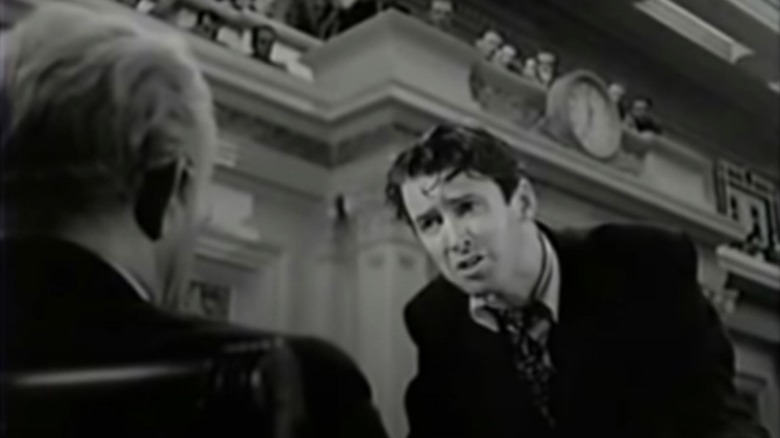The Controversial Truth About The Filibuster
On May 28, 2021, Republicans in the Senate blocked a bill that would have created a commission to look into the January 2021 insurrection on the U.S. Capitol by angry supporters of former President Donald Trump. As CBS News reported, despite six Republican senators voting in favor of the bill that had been passed by the House, Senate Democrats fell short of the 60 votes needed to end the filibuster brought against it by the GOP lawmakers. With the Senate split evenly down the middle at 50 Senators on each side of the party divide, Democrats need at least 10 Republican votes in order to pass any filibustered bill, no easy task in the current entrenched partisan political climate.
The filibuster is a controversial legislative tactic that in recent years has come to the forefront of the debate over how the United States passes laws. Many are calling for it to be revoked, allowing the Senate to pass bills with a simple majority. Senate Democrats could revoke it with a simple majority, but this would mean that they would be taking away their own ability to use it in the future if it were to serve their political agenda. Now that the debate over the filibuster appears to be coming to a head, let's take a look into what it really is, how it came to be such an integral part of U.S. politics, and what may happen to it in the future.
The nature of the filibuster has changed significantly over time
The filibuster started out very differently from how it is currently used. According to the Associated Press, the Senate filibuster was etched into the popular American imagination via the 1939 Jimmy Stewart film, "Mr. Smith Goes to Washington." The movie portrayed Stewart's character as a passionate man of conviction who gave a speech on the Senate floor to the point of exhaustion.
The filibuster indeed used to be such a tactic. With no limits on speaking times, senators would orate continually in order to delay a vote. It was used most notably by conservative Senator Strom Thurmond of South Carolina, who spoke for over 24 hours in an attempt to block the Civil Rights Act of 1957. Conservatives have also shown that, in addition to overtly racist, the filibuster can also be utterly silly. As the BBC reported in 2013, Ted Cruz ended up running out of things to say during his 21-hour filibuster speech that year, so he began reading from Dr. Seuss' "Green Eggs and Ham" right on the Senate floor.
The modern filibuster is much different, however, now consisting of a 60-vote requirement to pass a bill. A Senator merely has to express intent to filibuster a bill, and the vote requirement is raised. It is less about delaying votes now, and more about making bills more difficult to pass at all. Democrats have been unable to come to a consensus on whether or not to end the filibuster, so its future remains unclear for the moment.

